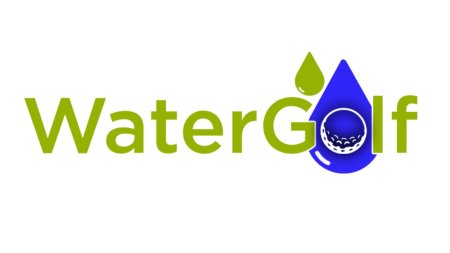Wireless distributed intelligent system for irrigation optimisation and early turf disease prevention and treatment on golf courses, by Claudia de Bertoldi, Ph.D.
 Water is perhaps the single greatest challenge to golf’s sustainability, writes Claudia de Bertoldi, Ph.D. A recent report from the European Environment Agency (EEA) revealed that Europe has so far concentrated on increasing the supply of water rather than exploring ways to limit its demand, and recreational water takes up a growing percentage of total water use.
Water is perhaps the single greatest challenge to golf’s sustainability, writes Claudia de Bertoldi, Ph.D. A recent report from the European Environment Agency (EEA) revealed that Europe has so far concentrated on increasing the supply of water rather than exploring ways to limit its demand, and recreational water takes up a growing percentage of total water use.
Golf courses, especially in drier regions, are often targeted as using excessive amounts of water and some governments have labelled golf course usage as agricultural in order to deflect environmentalists’ charges of wasting water.
The Golf sector has therefore been looking to find ways for optimizing its water consumption by increasing efficiency and using innovative technologies as this also makes good economic sense, since water costs will most likely rise in the near future.
With this in mind, a pool of companies with financial support from the EC is currently developing WaterGolf: an innovative precision farming system to
a) aid in scheduling and optimizing irrigation
b) predict the onset of fungal diseases and
c) forecast the germination of common golf course weeds.
WaterGolf is wireless system capable of optimizing irrigation on golf courses and promises to aid greenkeepers in obtaining better-cared for greens and fairways and substantial savings in water usage as well.
In fact, the EU-funded WaterGolf project, which kicked off in January 2013, could end up saving golf courses one third of their annual water budget.
WaterGolf will also aid greenkeepers in supplying a forecast for the development of fungal diseases and weeds, together with an image processing tool, to advise the greenkeeper on the actions to take in order to maintain the course in top condition.
How is this achieved? By integrating underground sensors capable of measuring underground humidity, salinity and temperature along with surface sensors to measure colour, wind speed and direction, and evaposensors to measure turf water consumption, the system will greenkeepers with substantial and easy-to-use advice in the form of
a) number of hours before estimated water stress,
b) amount of water to be reintegrated in the soil or substrate,
c) fungal disease alarms and related chemical treatments to be carried out,
d) weed germination alarm.
The system will work by feeding regularly updated measurements via wireless technology into artificial intelligence-driven software. This software will then suggest parameters for irrigation in different areas of the course, taking into consideration other inputs such as 3D golf course mapping, drainage and weather forecasts.
All measurements will be transmitted by means of low energy consumption ZigBee technology, with a bespoke antenna design. ZigBee is used in applications that require a low data rate, long battery life, and secure networking. The decentralized nature of this wireless ad hoc network makes it suitable for applications where a central node can’t be relied upon, such as coverage over a golf course.
The WaterGolf system is directed towards a real improvement in golf courses: the technology can also be used to inform the user of any existing or potentially looming turf diseases, thus helping golf courses to remedy any problems quickly and efficiently. WaterGolf users will also have internet access to experts in the field, should they have any questions.
The project, which will run until December 2014, has received 1,138,986 in EU funding.
More info can be found at: www.watergolf-project.com
The author, Claudia de Bertoldi, Ph.D. of www.turfeurope.eu can be contacted via claudia.debertoldi@turfeurope.eu

